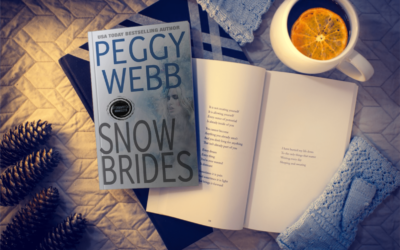Vicki Hinze © 2003-2011
(Blog Post)
What follows is a compilation of guidelines often used successfully between critique partners in a critique group.
SECTION A: GENERAL INSTRUCTIONS
The purpose of a critique is to aid in a writer’s growth. Be frank, honest, and fair. Keep in mind that what an author is doing right is as important as what s/he is doing wrong.
Remember that critiques are subjective—the opinion of the critiquer—no less, but no more.
If the story you’re asked to critique pushes one of your personal “hot” buttons, be forthright and tell the author so. If you feel you can’t be objective, disclose that, as well.
If you are critiquing in a group, agree that no critique shall be requested or given by any member of the group until such time as a hold harmless agreement is filed with the group indemnifying both the group and the critiquer(s) from any and all loss or damage with regard to a critique and/or manuscript. While a bond of trust should be first and foremost required between critique partners, we must remember that we live in an age of legal entanglements. Both parties, the author and the critiquer, deserve and warrant protection.
Comment on all items listed—if requested. If you can’t respond to a specific item, kindly note your rationale.
SECTION B: BASIC TECHNIQUES
1. Point of View (POV). Is POV consistent? Clear? Is the reader aware only of those things that the POV character is aware of?
2. Plot. Do scenes move the plot forward in a concise, logical manner?
3. Characterization. Are the characters consistent? Do they coincide with the plot, act in a believable manner? Do they use appropriate body language, dialogue, and thought patterns for the person they are in the novel? Do they accurately serve their novel purpose?
4. Dialogue. Does it flow naturally? Sound right to the ear? Is it consistent with the character? Does each of the characters have a distinct voice? Does the dialogue move the plot forward? Add depth and dimension to the speaker?
5. Setting. Do you know where the characters are and what they’re doing at all times? Can you “see” them in your mind’s eye? Are they “anchored” into the scene via vivid, concrete details the reader visualizes
6. Scene Structure. Is there an opening and closing hook? Are the stakes to the characters sufficient to create reader empathy? Are the challenges logical? Believable?
SECTION C: ADVANCED TECHNIQUES
1. Transitions. Are the bridges between POV and scene changes short, clear, and unobtrusive?
2. Tone. Is the tone set in the novel appropriate for what’s happening in the story? Are the character’s reactions to events appropriate? Do the protagonists behave admirably?
3. Foreshadowing. Has the necessary groundwork been subtly integrated to prepare readers for upcoming, major events?
4. Description. Does the description create visual images for the reader? Is it sprinkled throughout the scene rather than laundry-listed in intruding clumps? Does the description add to characterization?
5. Style. Is the style appropriate to the targeted market?
SECTION D: MECHANICS:
1. Format–consistent with publishing standards.
2. Punctuation, grammar and spelling–verified.
3. Author intrusion. Filtering—passive versus active voice.
4. Syntax errors—such as reaction before action, cause before effect.
5. Other mechanical challenges noted.
SECTION E: CLOSING COMMENTS
It is in this section, when following these guidelines, that a critiquer notes any other comments that could be of use and benefit or of interest to the author about any novel aspect.
Note the date, author, title of the work, and the portion of the work critiqued. Since many writers have several drafts of the same work critiqued, the date and portion critiqued becomes critical information to the author.
Do make general comments and recommendations on the overall work. Here, mostly you’ll be giving your intuitive and emotional reaction to it. Since a writer’s objective is to create and maintain an emotional bond with the reader, your reaction to the work as a reader, is vital to the author in gaining insight on whether or not s/he reached that objective.
Do make specific comments and recommendations on plot, characters, pacing, dialogue, focus, tone and style, as well as on marketability. The more specific you are, the greater the potential that your critique will benefit the writer. If you note a problem, make every attempt possible to offer constructive solutions to that problem. If you note an aspect that strikes you as wonderful, make every attempt to offer insight as to why you feel it wonderful.
This analysis benefits both author and critiquer—a win/win situation!
For more tips, read the article, COMMON MECHANICAL PITFALLS.




